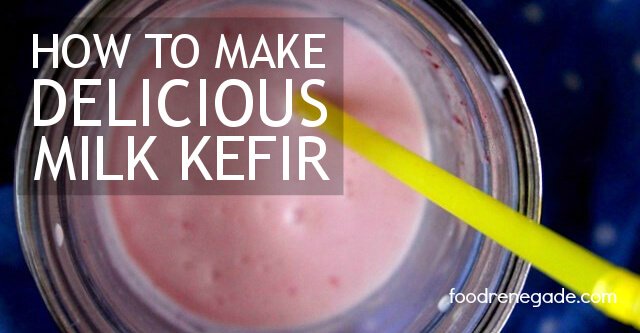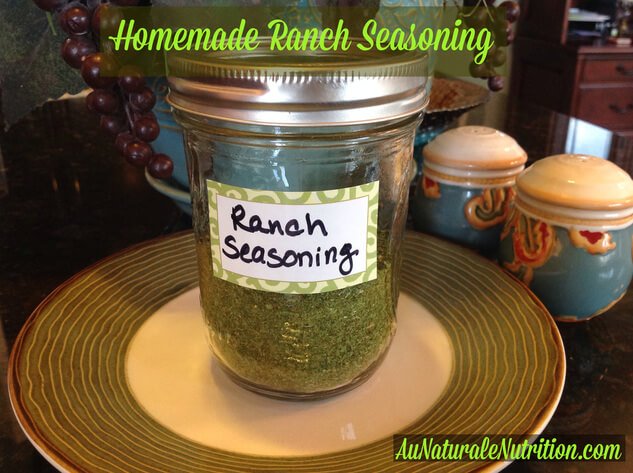
We’ve chatted before about the benefits of kefir. You know, the fact that kefir is high in probiotics, magnesium, calcium, vitamin b12 and has the ability to build bone density, relieve allergies, and improve digestion. The most basic kefir recipe is water kefir. you can even “spice” water kefir up by adding various flavors. But if you’re looking for a different venue for your kefir, homemade milk kefir might be for you! This post describes the process of making your own milk kefir and why you should be doing it!
“Last week my six-year-old was writing to his Grandpa and gave him the latest updates from our homestead. He liked sleeping in the new cabin… his baby sister might start crawling soon… and Mama’s fermenting something.
All of that is true, and that last update is a daily occurrence around here these days.
Every day I take one or two quarts of goat milk fetched from down the dirt road by my boys, and make milk kefir in about four minutes. Yes, it’s that simple. I’ve already basically written a love letter to milk kefir for its wonderful health benefits, its ease of preparation, and its sustainable addition to my kitchen; so I’ll spare you the gushing.
What I do want to share with you is how to make this lovely cultured dairy product, and how just one simple change to the way I made it had me willingly eating it every day after years of resisting my poorly-made kefir.
These are milk kefir grains. They have a similar texture to gummy bears and are a cream colored blob.
They are not grains and do not contain any grains, they are simply referred to as grains.They look more like cauliflower than grains to me.
You will need milk kefir grains to make milk kefir.
I take the above-mentioned grains and plop them into a quart of raw goat milk every night. Raw cow’s milk works as well. I then cover them with a breathable material, in this case a coffee filter, and secure a canning ring to the jar.
Milk kefir needs oxygen to culture as it contains both beneficial bacteria and beneficial yeasts.
This is where the trick comes in:
Always keep a ratio of 1-2 teaspoons of grains per 1 quart of milk.
Your milk kefir grains may multiply or enlarge. As they do this, either share some grains with a friend, toss them to the compost or chickens, or start making more milk kefir.
The flavor of the kefir is more mild (less yeasty, in my opinion) when the grains are getting enough milk to feed on.
You may also want to re-evaulate your grains to milk ratio in cases of higher temperatures. Higher temperatures equal a faster culturing time which can lead to strongly flavored (or downright unpleasant) ferments. For that reason I tend to use about 1 teaspoon per quart of milk during the heat of summer.
This is how my kefir looks after about 24 hours. It is just starting to separate, but hasn’t gone too far yet. After about 12 hours it is more milk-like, whereas a 24 hour fermentation produces something like a drinkable yogurt, once the mixture is strained and chilled.
We prefer a 24 hour culturing period for the most part because it is a fuller fermentation and therefore more of the milk sugars have been converted into all of the beneficial microorganisms that we’re after.”



Leave a Reply